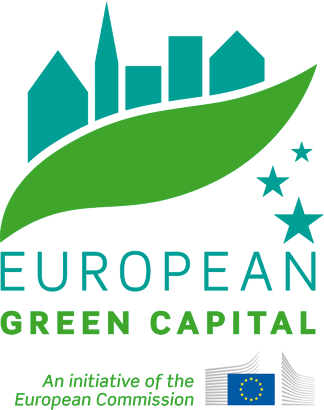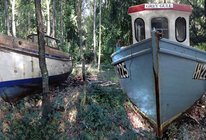Opinion: "Making us look at our environment with fresh eyes"
The Arts Council England has made an exceptional award available to Bristol for an extraordinary arts programme to help make sustainable living accessible and easy to understand. Phil Gibby, Director of the Arts Council in the South West, discusses why the arts are such an important part of Bristol's year as European Green Capital.
The aptly named play by Shiona Morton takes place in a fictional village on the Somerset Levels.
Artists have always been inspired by the natural world, the changing landscape, and their work can shock us, delight us, challenge us
Threatened by a major flood, most of the villagers have had to evacuate the area, but a few hold on, clinging to their memories and trying to save their homes.
A few weeks ago at the marvellous IBT15 Festival, Bristol artist Jo Hellier presented a new work called Flood Plans, looking at rivers and their destructive potential.
A year on from the devastating flooding on Somerset Moors and Levels, Jo used the real-life experiences of the flood victims to tell a compelling story of the consequences of going with the flow (pun entirely intended!).
These two events, linked by the unprecedented levels of rainfall in Somerset, are just two examples of how arts and artists respond to and engage with environmental sustainability.
Artists have always been inspired by the natural world, the changing landscape, and their work can shock us, delight us, challenge us, amuse us and show us alternative ways of thinking and living, sometimes all at the same time.
The Fog Bridge did that.

Children laughed and ran to catch the ephemeral fog as it was blown across the water and away. On the daily commuter train, everyone knew about it and everyone was talking about it – what it was and why it was there.
Everyone had an opinion; it was great.
Because that’s what putting arts and culture at the centre of Bristol 2015 means and why Arts Council England made an Exceptional Award to support the programme.
Next month, Luke Jerram’s eerie flotilla of abandoned fishing boats in Leigh Woods will provoke us to talk again, this time about extreme weather, the oceans and climate change.
Then in July the Bristol Whales will swim into Millennium Square and after we’ve had a shared intake of breath at the sheer size of these amazing mammals, we’ll talk about how we treat our oceans and the plastic in it.
Later in the year an exhibition of Richard Long’s work at Arnolfini will make us look at our environment with fresh eyes. And we’ll talk about it.
Because, art starts conversations. And what more can we want for Bristol 2015?







